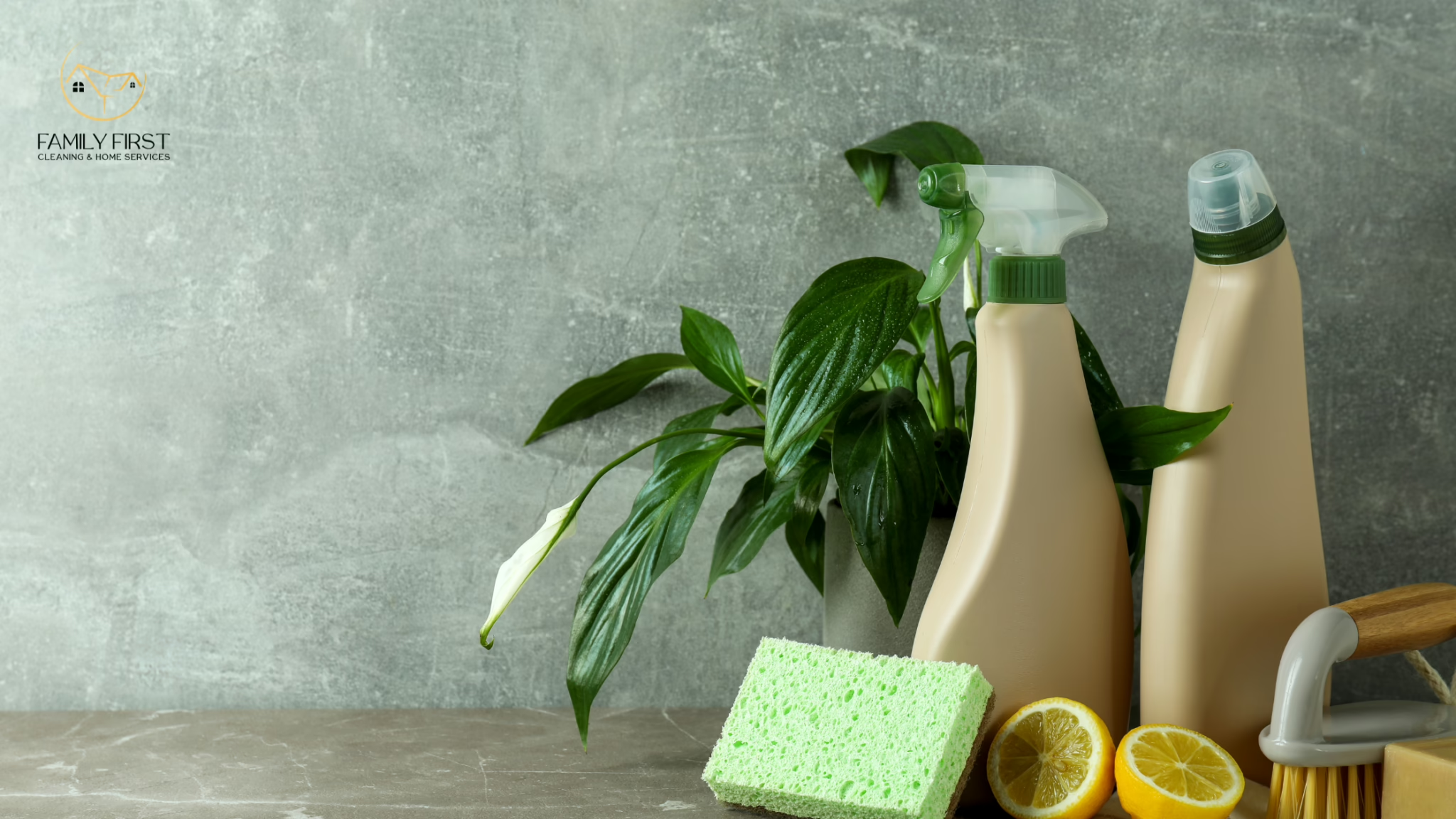A fabric sofa is more than just furniture; it’s a cozy haven where we relax, binge-watch our favorite shows, and occasionally spill a drink or two. Over time, even water can leave behind unsightly stains that seem impossible to remove. If you’re searching for the ultimate guide on how to remove old water stains from fabric sofa, look no further. With the right techniques and a little patience, you’ll have your sofa looking as good as new.
Understanding Water Stains on Fabric Sofas
Water stains form when minerals or impurities in the water dry and leave a residue. While they may not seem as intimidating as wine or coffee stains, water stains can be stubborn, especially when left untreated for a long time. But don’t worry—with a little effort, they’re completely manageable.
Step 1: Know Your Fabric
Before diving into cleaning, it’s essential to identify your sofa’s fabric type. Check the care tag for cleaning instructions:
- W: Safe to use water-based cleaners.
- S: Use solvent-based cleaners only.
- WS: Both water- and solvent-based cleaners are safe.
- X: Vacuum only; professional cleaning is recommended.
Skipping this step can lead to damaged upholstery, and nobody wants a cleaning fail to add to their woes.
Step 2: Gather Your Supplies
Here’s what you’ll need to tackle those old water stains:
- A vacuum cleaner with a crevice attachment
- White vinegar
- Distilled water
- Mild dish soap
- Clean, white cloths or sponges
- A soft-bristle brush
- Baking soda (optional for extra cleaning power)
Step 3: Vacuum Thoroughly
Begin by vacuuming the stained area and the surrounding fabric. This step removes dust and debris, ensuring that you’re not rubbing dirt deeper into the upholstery. Pay special attention to seams and crevices, where dirt loves to hide.
Step 4: Spot-Test Your Cleaning Solution
Before applying any cleaning solution, perform a spot test on an inconspicuous area of the sofa. Mix equal parts white vinegar and distilled water, dampen a cloth with the solution, and blot the test spot. Wait 15 minutes to ensure there’s no discoloration or damage.
Step 5: Blot the Stain
- Mix the Cleaning Solution: Combine 1 cup of distilled water, 1 cup of white vinegar, and a few drops of mild dish soap.
- Dampen a Cloth: Dip a clean, white cloth into the solution and wring it out until it’s just damp.
- Blot the Stain: Gently dab the stain, starting from the edges and working inward to prevent spreading.
- Rinse and Repeat: Dampen another cloth with plain distilled water and blot the area to remove any soap residue.
Pro tip: Avoid scrubbing—you’re cleaning a sofa, not exfoliating your skin!
Step 6: Let It Dry
Drying is a crucial part of the process:
- Use a clean, dry cloth to absorb excess moisture.
- Allow the sofa to air dry completely. Avoid direct sunlight or heat sources, which can cause discoloration.
If you’re in a hurry, a fan or hairdryer on a low setting can help speed up the process.
Step 7: Fluff the Fabric
Once the area is dry, use a soft-bristle brush to restore the texture of the fabric. This step is especially important for microfiber or velvet sofas, which can appear matted after cleaning.
Step 8: For Stubborn Stains
If the stain persists, it’s time to bring out the big guns:
- Baking Soda Paste: Mix baking soda with a small amount of water to create a paste. Apply it to the stain, let it sit for 15 minutes, then scrub gently with a soft cloth or brush. Wipe clean with a damp cloth and let it dry.
- Professional Cleaner: Use a solvent-based upholstery cleaner for fabrics marked with an “S.” Follow the product’s instructions carefully.
Preventing Future Stains
- Act Quickly: Address spills and stains immediately to prevent them from setting.
- Use Sofa Covers: Protect your sofa with washable slipcovers, especially in high-traffic areas.
- Regular Maintenance: Vacuum your sofa weekly to keep it free from dust and debris.
- Apply Fabric Protector: Products like Scotchgard can add a protective barrier, making future stains easier to clean.
When to Call in the Pros
Sometimes, a DIY approach isn’t enough. For particularly stubborn stains or delicate fabrics, consider hiring a professional cleaner. If you’re in Denver, Family First’s home cleaning Denver offers expert care to keep your home and furniture looking pristine.
Final Thoughts
Learning how to remove old water stains from fabric sofa doesn’t have to be overwhelming. With the right techniques and tools, you can tackle even the most stubborn stains and restore your sofa’s beauty. Just remember to work gently, dry thoroughly, and maintain your sofa regularly to keep it looking its best.
Whether you’re tackling a DIY project or seeking professional help, a clean sofa is always worth the effort. And when life gets messy, Family First is here to help with reliable and thorough cleaning services tailored to your needs.




